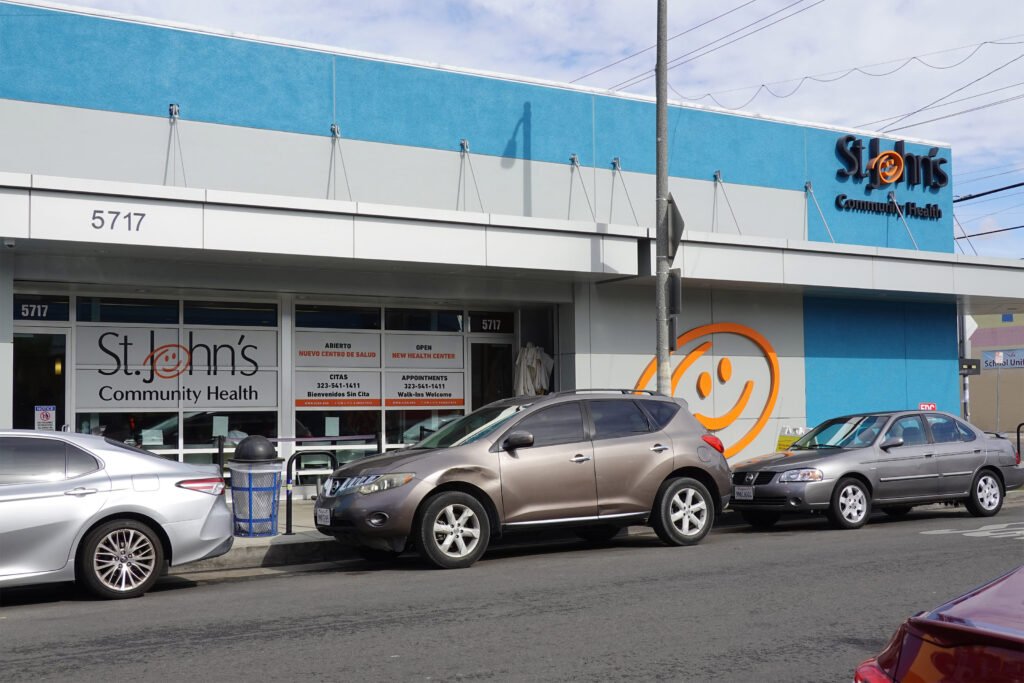The financial challenges faced by federally funded health centers serving low-income individuals have been exacerbated by the government shutdown. With potential cuts to their revenue, these community health centers are at risk of reducing staff, services, and even closing down, putting additional strain on hospital emergency rooms.
St. John’s Community Health, a network of 28 clinics in California serving over 144,000 patients, is feeling the impact of federal and state cuts. These health centers provide essential primary care and services on a sliding fee scale to nearly 34 million patients nationwide in underserved areas.
The federal funds for these centers come from grants through the Community Health Center Fund and reimbursements for patient care through programs like Medicaid. However, the recent government shutdown has disrupted funding, creating uncertainty for these vital healthcare providers.
Advocates are calling for long-term funding solutions to ensure the stability of these health centers. The National Association of Community Health Centers is pushing for an increase in grants to at least $5.8 billion annually for two years to maintain operations.
With Medicaid accounting for a significant portion of health center revenue, impending cuts to the program pose a major threat. These cuts could widen the gap between funding and operational costs, making it challenging for centers to continue providing care to their patients.
In addition to financial challenges, workforce shortages are also a concern for health centers. Adequate funding for workforce programs is necessary to support the delivery of healthcare services and address staffing issues.
While federal funding is crucial, some states have stepped in to support their local health centers. States like Connecticut, Minnesota, Illinois, and Massachusetts have allocated funds for these centers, but the sustainability of this support remains uncertain.
In the face of unreliable federal and state funding, health center leaders are exploring alternative solutions. In Los Angeles, for example, there are discussions about taxing residents to increase funding for healthcare services. Building coalitions with key stakeholders in the healthcare system may help secure additional funding through ballot initiatives.
As the healthcare landscape continues to evolve, it is imperative to prioritize the funding and support of community health centers that serve vulnerable populations. By addressing the financial challenges faced by these centers, we can ensure access to essential healthcare services for those who need it most.


